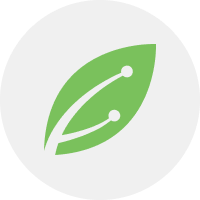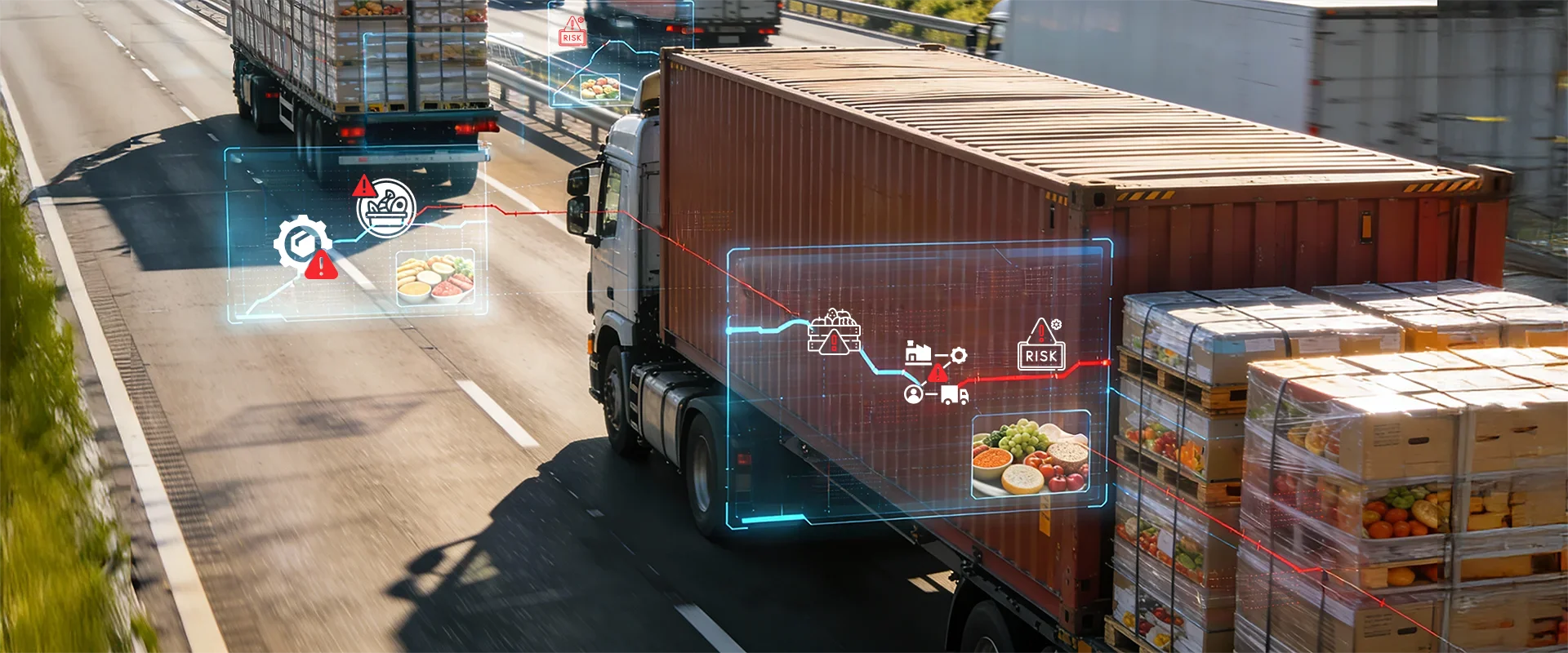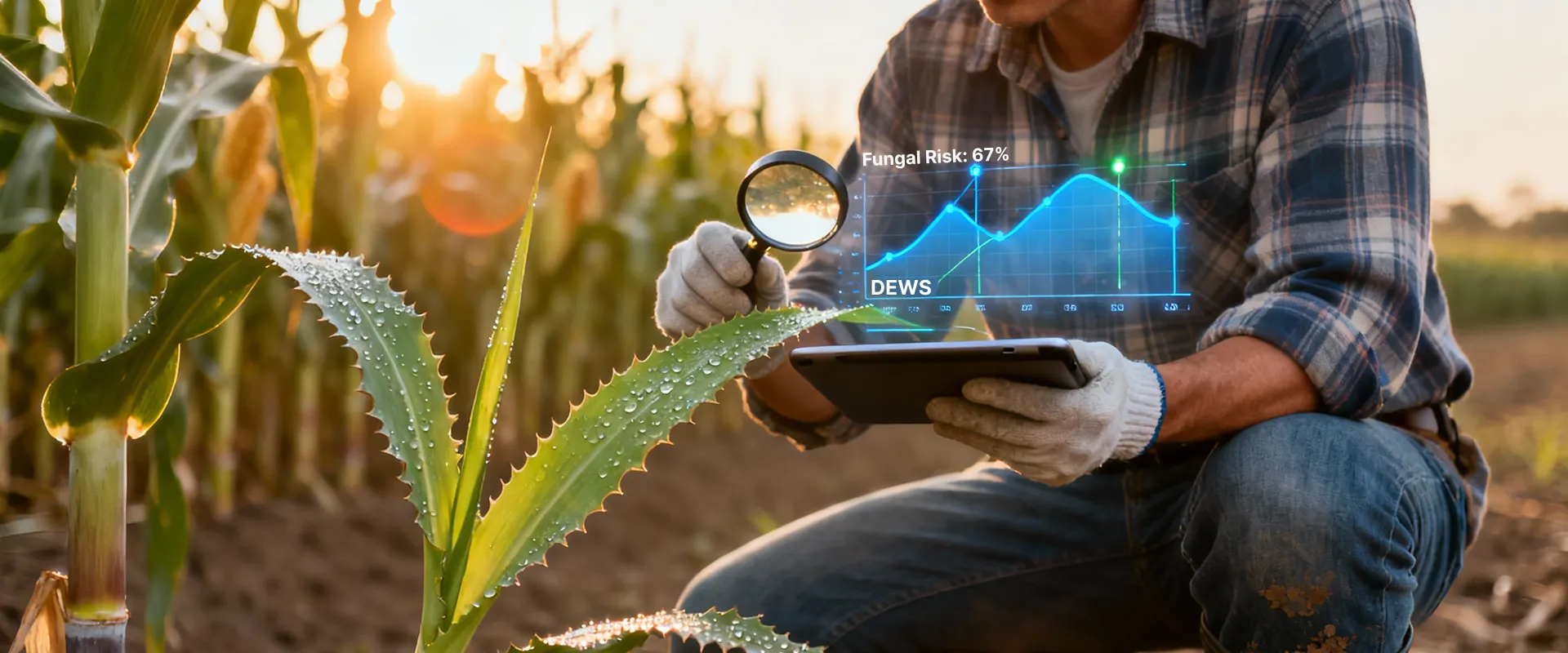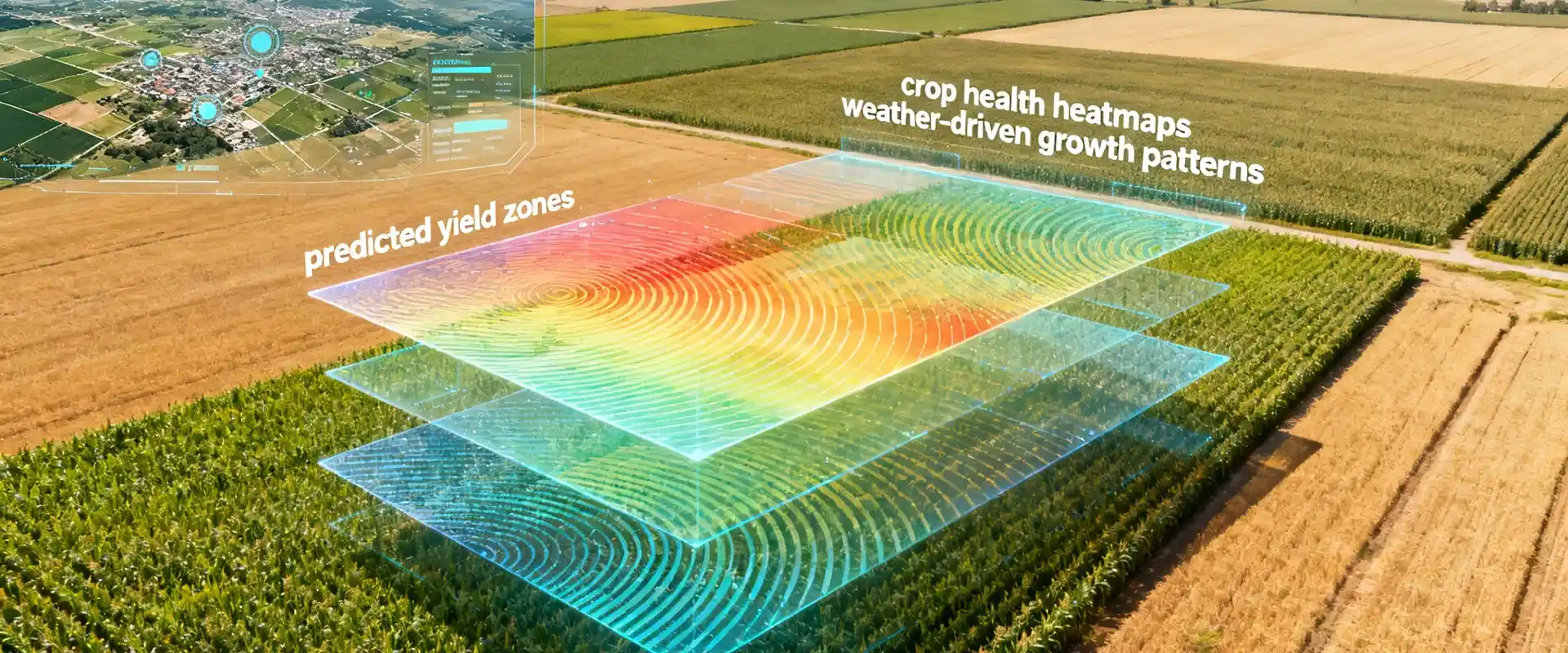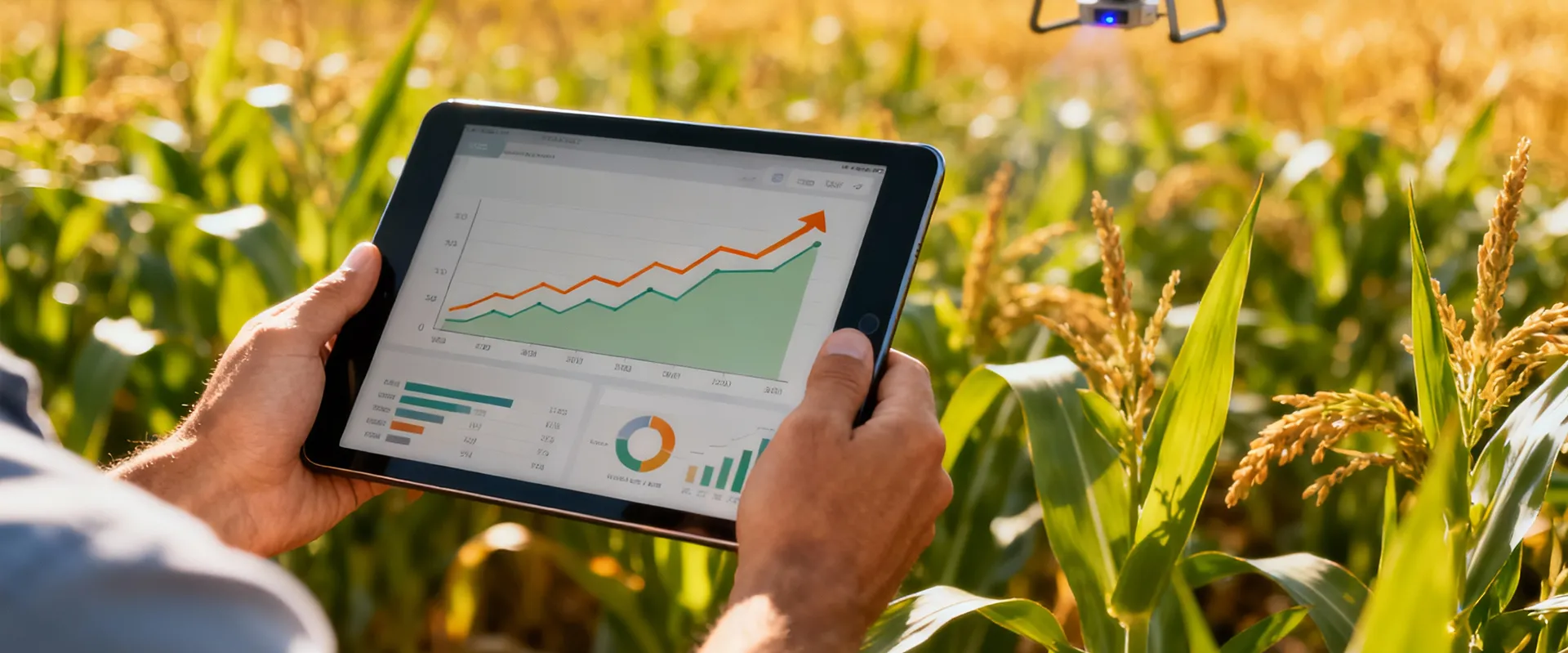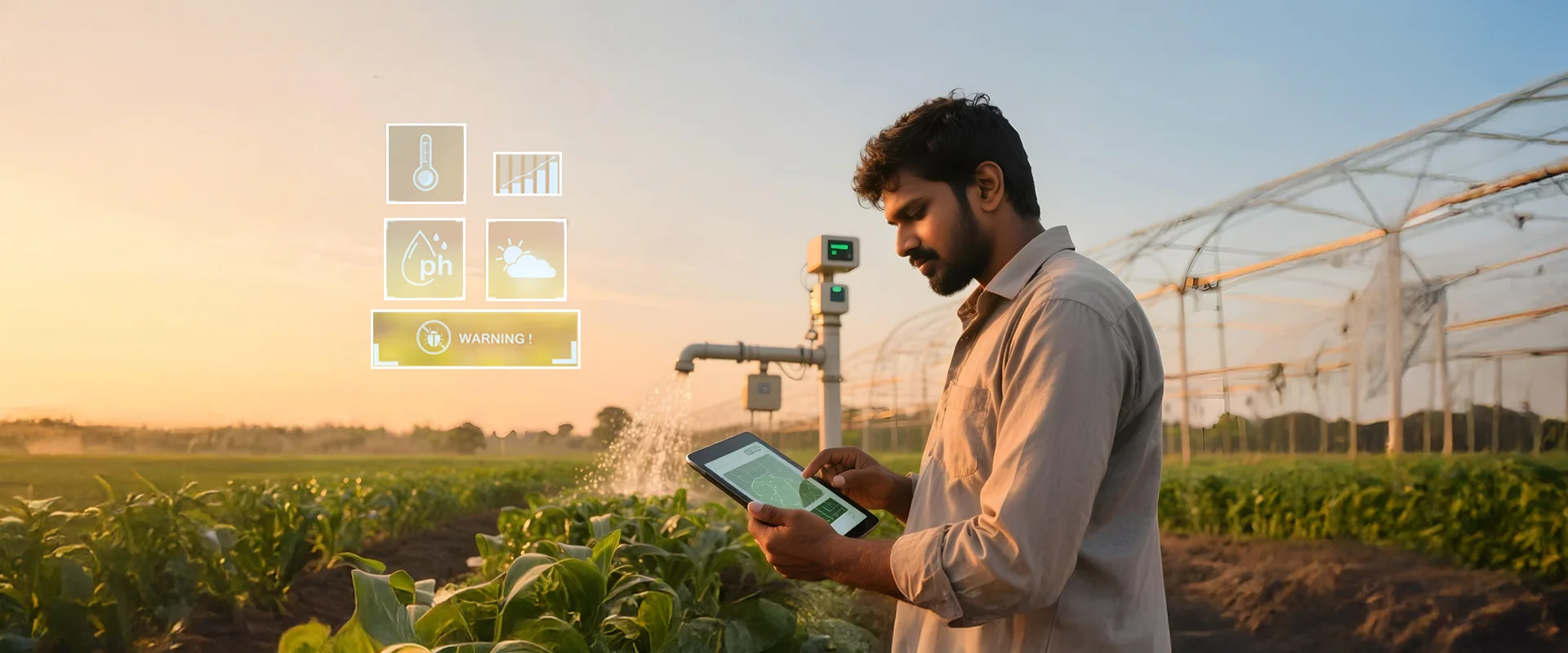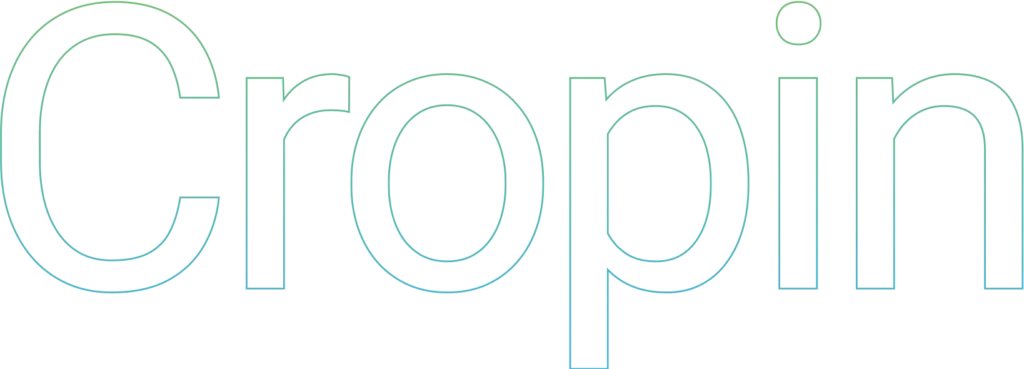Synopsis:
This blog explores the synergistic benefits of IoT and satellite monitoring in today’s agricultural landscape. While each technology offers unique advantages, their combined power can provide a comprehensive solution for optimizing farm management. Here, we delve deep into the benefits and challenges of both technologies to help you assess the optimal combination for your business. You will also uncover how Cropin leverages data from both these technologies to deliver data-driven insights for decision-making.
Choosing the right tools to help you
- Scalability: Consider technologies that can adapt to your farm’s size and complexity.
- Integration: Ensure seamless integration with your existing systems and workflows.
- Data Quality: Prioritize technologies that provide accurate and reliable data for informed decision-making.
What is satellite monitoring: the eye in the sky?
The Scope of earth observation satellites in smart farming
Challenges in satellite monitoring
Satellite monitoring, while powerful, presents specific challenges. Separating satellite signals from noise to recover information and accurate instrument calibration are ongoing concerns. Satellite coverage limitations exist, with low-earth-orbiting satellites offering frequent but partial image coverage with greater spatial or temporal variability and high-orbit satellites providing broader coverage but lower spatial resolution. The sheer volume of satellite data can be overwhelming, often requiring extensive sifting to extract meaningful crop-specific information. Developing deep learning artificial intelligence (AI)/Machine Learning (ML) algorithms is essential to enhance data quality and ensure its continuous value. This is critical to harness the full potential of satellite data for improved decision-making and sustainable agricultural practices.
What is the Internet of Things (IoT) in agriculture?
As connectivity improved, a wave of innovative agricultural observation tools emerged, capable of seamlessly communicating with one another. IoT in agriculture is a network connecting production tools, physical objects, and environmental factors, enabling farm management and monitoring. Once a nascent technology, IoT has rapidly gained prominence in the agricultural sector with wide adoption. IoT tools in agriculture, including remote sensors, drones, agribots, connected machines, computer imaging, and more, have become indispensable assets for modern agriculture.
Comparative overview: satellite monitoring v/s IoT in agriculture
Several factors make satellite monitoring a better alternative to IoT devices. Here are some:
| Satellite Monitoring | IoT Devices |
|---|---|
| Radar sensors of satellites can penetrate cloud cover and other bad weather conditions to provide usable information | Rain, strong winds, snow, etc., can hamper the operations of IoT devices |
| Satellites can provide information on micro and macro monitoring tasks across geographical locations | IoT devices can only provide field-level views and information on specific agricultural parameters |
| Satellite data can be subscribed to at an affordable subscription fee and accessed from anywhere in the world | High hardware cost of IoT devices and poor connectivity are major limiting factors |
| Satellites being a shared resource accessed via a subscription model reduce the cost of maintenance | Battery life of IoT devices is limited, and they incur repetitive replacement costs |
